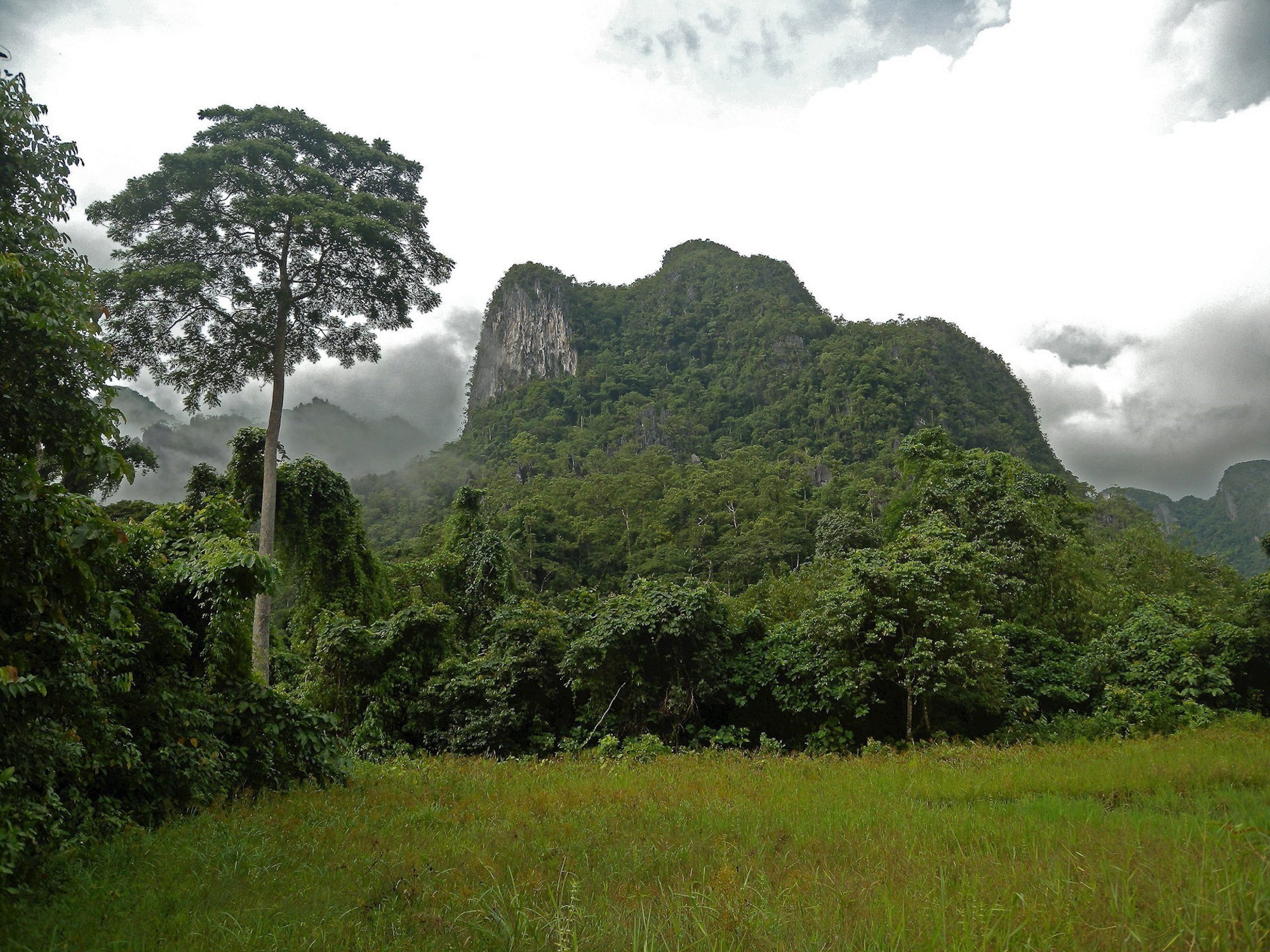The family has over 90 genera and 3,000 species and has a worldwide distribution.
The family contains mainly useful species including tomatoes, potatoes, aubergine, chilli peppers, and tobacco. Research in the tropical section is focused on delivering up to date taxonomic accounts of several important genera in the family as well as producing a well-sampled molecular phylogeny to help understand evolutionary relationships within this economically important group of plants.
Solanaceae Molecular Systematics
A large densely sampled molecular phylogeny for the whole of Solanaceae has been produced. This work was a collaborative effort with Lynn Bohs, Richard Olmstead, and Sandra Knapp. The phylogeny includes 1,075 of the total c. 2,700 species of Solanaceae, and all except two monotypic genera Darcyanthus and Capsicophysalis for which samples are sparse. As part of the project, we did a complete review of the Solanaceae fossil record, and discovered 50 fossils previously assigned to the family. Some of these fossils show a set of unique characters that can be used to confidently place them in the family phylogeny, and we have used these fossils to time-calibrate the large phylogeny with Bayesian relaxed molecular clock models. Publications from the project are currently in revision.

Solanaceae Taxonomy
Together with Sandy Knapp from the Natural History Museum, London we are building a taxonomic monograph for one of the most poorly understood clades of Solanum, the Morelloid clade. This clade includes c. 68 species often referred to as Black nightshades or the Solanum nigrum complex. The clade was not recognised in any of the sectional delimitations of Solanum, but was discovered as a strongly supported monophyletic clade in phylogenetic analysis by Bohs (2005). The clade includes the previously recognised sections Solanum, Episarcophyllum, Campanulisolanum, Parasolanum, and Chamaesarachidium.
There are currently 550 names for the c. 68 species in the clade, and much work is needed to sort out these names. The labyrinth of names is mainly due to the complex morphological variation found in some of the species. Most of the 68 species are endemic to the tropical Andes, although a set of ten agriculturally important species from the Solanum nigrum complex sensu stricto are native to Africa (Edmonds & Chweya 1997, Manoko 2007).
To aid the morphology-based revision, we are using molecular phylogenetic tools to better understand species diversity and species limits in this complex clade. I have used the three available plastid genomes of Solanum to develop a set of variable chloroplast markers for the clade. We are now building a densely sampled species-level phylogeny for the whole of the Morelloid clade using multiple accessions of each of the species to test species limits. We work in close collaboration with Lynn Bohs and her lab in the University of Utah where phylogenetic and taxonomic work on many of the Solanum clades is being carried out.

